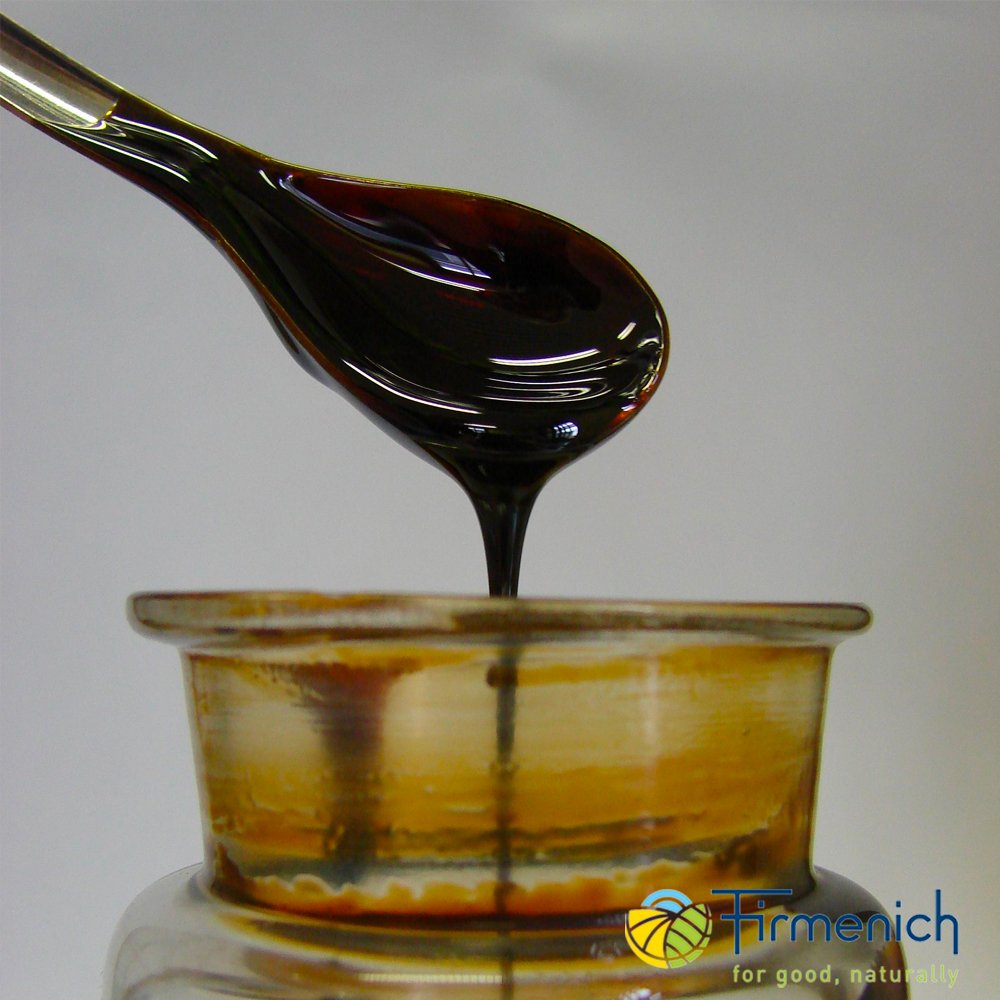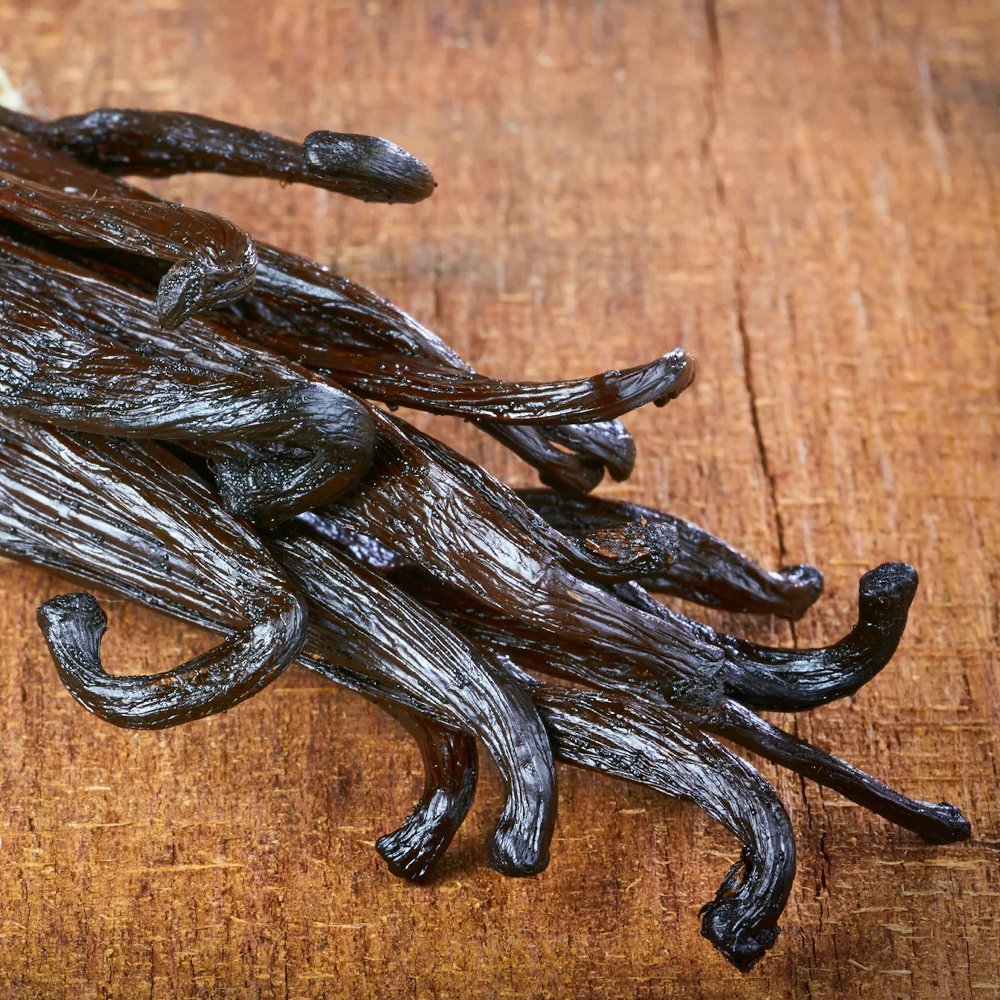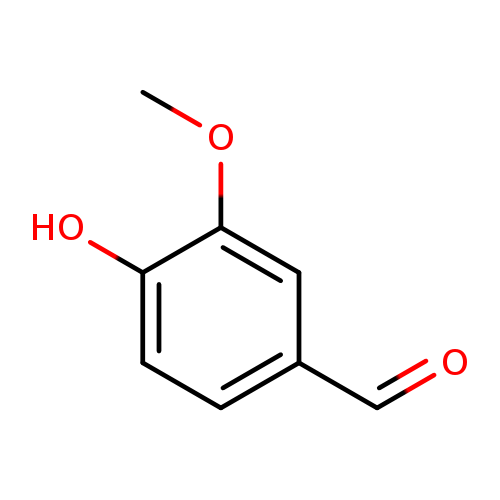Gelsone
Premium Synthetic Ingredient for Perfumery
Gelsone™ (ethyl 2-acetyloctanoate) is a synthetic α-hydroxy γ-lactone used in perfumery and flavoring for its fruity-lactonic profile reminiscent of caramelized peach, pineapple, and coconut cream. Developed for its excellent fixative and blending qualities, Gelsone contributes creamy, gourmand effects to fine fragrance, functional perfumery, and food formulations.
It is approved by FEMA (No. 4064) and exhibits medium diffusion, good radiance, and moderate tenacity in lactonic-floral and tropical accords.
Premium Synthetic Ingredient for Perfumery
Gelsone™ (ethyl 2-acetyloctanoate) is a synthetic α-hydroxy γ-lactone used in perfumery and flavoring for its fruity-lactonic profile reminiscent of caramelized peach, pineapple, and coconut cream. Developed for its excellent fixative and blending qualities, Gelsone contributes creamy, gourmand effects to fine fragrance, functional perfumery, and food formulations.
It is approved by FEMA (No. 4064) and exhibits medium diffusion, good radiance, and moderate tenacity in lactonic-floral and tropical accords.
Premium Synthetic Ingredient for Perfumery
Gelsone™ (ethyl 2-acetyloctanoate) is a synthetic α-hydroxy γ-lactone used in perfumery and flavoring for its fruity-lactonic profile reminiscent of caramelized peach, pineapple, and coconut cream. Developed for its excellent fixative and blending qualities, Gelsone contributes creamy, gourmand effects to fine fragrance, functional perfumery, and food formulations.
It is approved by FEMA (No. 4064) and exhibits medium diffusion, good radiance, and moderate tenacity in lactonic-floral and tropical accords.
Technical Ingredient Overview
🏭 Manufacturer — IFF
🔎 Chemical Name — ethyl 2-acetyloctanoate
🧪 Synonyms — Gelsone™, 5-Ethyl-3-hydroxy-4-methyl-2(5H)-furanone, γ-Ethyl-γ-methyl-α-hydroxybutenolide
🧬 Chemical Formula — C₇H₁₀O₃
📂 CAS — 29214-60-6
📘 FEMA — 4064
⚖️ MW — 142.15 g/mol
📝 Odor Type — Fruity, lactonic
📈 Odor Strength — Medium
👃🏼 Odor Profile — Sweet, caramelic, fruity, milky, lactonic, coconut-like with peach and pineapple nuances
⚗️ Uses — Fine fragrance, functional perfumery, flavoring (FEMA GRAS)
🧴 Appearance — Pale yellow to colorless liquid (depending on purity)
What is Gelsone?
Gelsone is a synthetic aroma compound belonging to the family of α-hydroxy γ-lactones. It features a characteristic fruity-lactonic scent profile, reminiscent of caramelized tropical fruit, coconut, and peach skin. Known for its soft, milky-sweet character, Gelsone is used in both perfumery and flavor applications, thanks to its dual regulatory acceptance and high organoleptic value.
Historical Background
Gelsone was developed in the latter half of the 20th century as part of an exploration into furanone derivatives with lactonic-fruity notes. While specific attribution to a single company remains undisclosed in public records, it gained widespread use under the trade name Gelsone™, particularly in flavor and fragrance compositions requiring creamy, ripe, tropical facets.
It belongs to a broader chemical exploration of hydroxylated γ-lactones, paralleling other well-known molecules such as γ-Undecalactone and δ-Decalactone, but offers a more dry and cooked-fruity nuance than its more buttery cousins. It has been included in various classical and modern formulations due to its excellent diffusivity and fixative utility in lactonic and gourmand accords (Arctander, 1969; Kraft, 2012).
Olfactory Profile
Scent Family: Lactonic, Fruity, Gourmand
Main Descriptors: Caramelized peach, Pineapple jam, Coconut cream, Lactonic sweetness, Slight woody undertones
Odor Intensity: Medium
Tenacity: Moderate to long-lasting
Volatility: Medium volatility with noticeable drydown effects
Fixative Role: Functions as both a top-to-heart connector and a fixative in gourmand blends.
Applications in Fine Fragrance
Gelsone is widely appreciated in:
Fruity-gourmand accords (e.g., peach, mango, coconut)
Oriental and ambery structures
Milky floral bouquets, especially when paired with methyl anthranilate, benzyl acetate, and coconut lactone
Sweet woody blends with coumarin, vanillin, and ambers
Though not always mentioned by name in commercial formulas, its scent character closely aligns with those found in fruity shampoo bases, modern niche gourmand perfumes, and milky sun-kissed tropical fragrances.
Performance in Formula
Blending behavior: Compatible with esters, lactones, aldehydes, and fruity ketones.
Diffusion: Excellent radiance in top and heart phases.
Fixative power: Medium — helps anchor more volatile fruity top notes.
Usage level: Typically around 0.05–1.5% in fine fragrance; lower in flavor applications.
Industrial & Technical Uses
Gelsone finds use in:
Flavor creation (GRAS substance per FEMA 4064) for peach, pineapple, coconut, and caramel-type profiles.
Functional perfumery: shampoo, conditioner, lotion, and soap fragrances.
Encapsulation matrices for powdered or encapsulated fruit flavoring agents.
Its thermal stability and solubility in both alcohol and oil systems make it suitable for various industrial applications requiring fruit lactone signatures.
Regulatory & Safety Overview
IFRA Status: Not restricted under IFRA 51st Amendment (2023)
FEMA: 4064 — approved for flavor use
GHS Classification: Not classified as hazardous under normal conditions of use
REACH Registration: Not publicly listed; assumed exempt or pre-registered
EU Cosmetics Regulation: Allowed, not listed among known allergens
Allergen/Toxicology: No known sensitization or toxic effects at standard use levels
Recommended dermal limit: No official restriction; typical usage <1%
References
Arctander, S. (1969). Perfume and Flavor Chemicals (Aroma Chemicals). Montclair, NJ: Author.
Kraft, P. (2012). The Chemistry and Biology of Volatiles. In Topics in Current Chemistry, Vol. 305. Springer.
The Good Scents Company. (2023). Gelsone (CAS# 29214-60-6). Retrieved from http://www.thegoodscentscompany.com
PubChem. (2023). 5-Ethyl-3-hydroxy-4-methylfuran-2(5H)-one | CID 183032. Retrieved from https://pubchem.ncbi.nlm.nih.gov
FEMA. (2023). Flavor and Extract Manufacturers Association — GRAS Substances.








